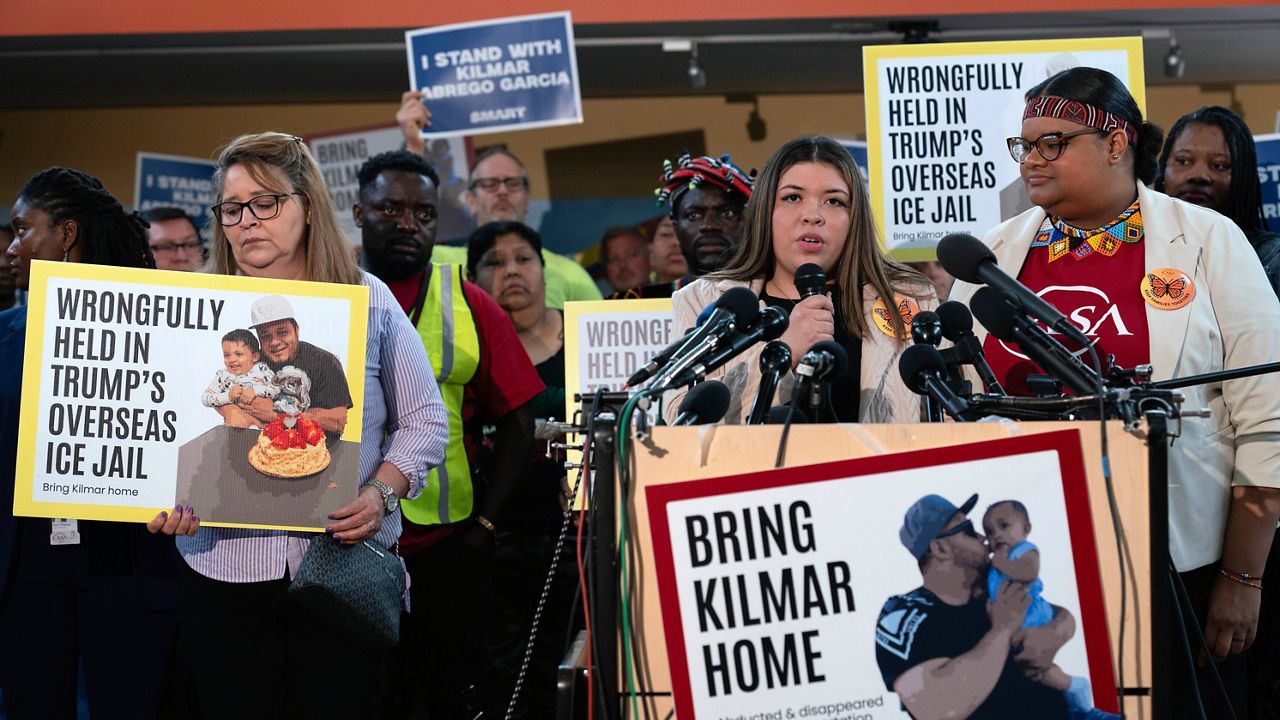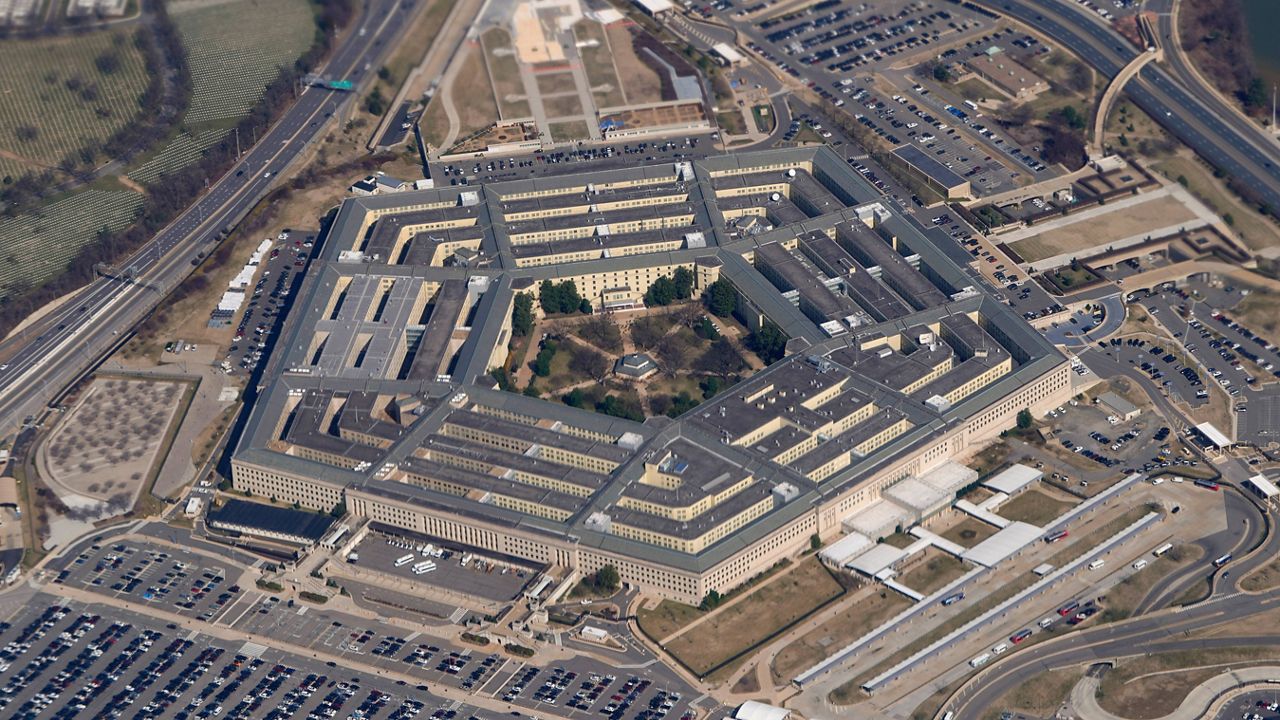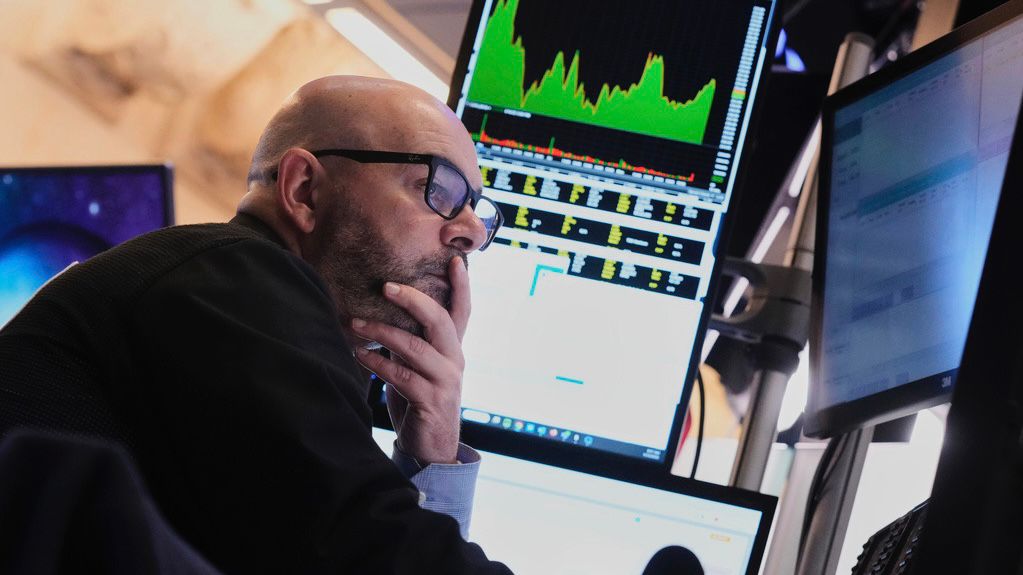Testifying before Congress on Wednesday, FBI Director Christopher Wray shared new details in the criminal investigation into the attempted assassination of former President Donald Trump earlier this month.
What You Need To Know
- FBI Director Christopher Wray shared new details in the criminal investigation into the attempted assassination of former President Donald Trump earlier this month
- Wray confirmed to the House Judiciary Committee that investigators recovered a drone from the vehicle of the gunman, Thomas Matthew Crooks, 20
- It appears that the shooter flew the drone for 11 minutes about 2½ hours before opening fire on Trump at his campaign rally in Butler, Pennsylvania
- Analysis of a laptop linked to him revealed that on July 6 he searched online for “How far away was Oswald from Kennedy?”
Wray confirmed to the House Judiciary Committee that investigators recovered a drone from the vehicle of the gunman, Thomas Matthew Crooks, 20. It appears that the shooter flew the drone for 11 minutes about 2½ hours before opening fire on Trump at his campaign rally in Butler, Pennsylvania. The drone did not fly above the stage where the Republican presidential nominee would later stand, but about 200 yards away, the FBI director testified.
The drone did not record video, but the hypothesis of experts is that the shooter viewed a livestream from its camera, Wray said.
On July 13, Crooks fired several shots at Trump while perched on a nearby warehouse rooftop, striking the former president in the right ear. One rallygoer was killed, and two others were wounded. The gunman was fatally shot by a Secret Service sniper.
"The attempted assassination of the former president was an attack on our democracy and our democratic process, and we will not and do not tolerate political violence of any kind, especially a despicable account of this magnitude," Wray said in his opening statement. "And I want to assure you, and the American people that the men and women of the FBI will continue to work tirelessly to get to the bottom of what happened.
"Now, there's a whole lot of work underway and still a lot of work to do, and our understanding of what happened and why will continue to evolve, but we're going to leave no stone unturned."
Wray said the gunman became “very focused” on Trump and the rally a week before the shooting and that analysis of a laptop linked to him revealed that on July 6 he searched online for “How far away was Oswald from Kennedy?” The would-be assassin registered to attend the rally the same day, Wray said.
The shooter visited the rally site at least three times, according to Wray: a week earlier for about 20 minutes, the morning of the rally for around 70 minutes and then finally in the afternoon for the event.
Wray said the FBI’s lab is also examining three explosive devices the shooter had — two in his vehicle and one at his home.
The FBI director described the devices as “relatively crude” but added “they did have the ability to be detonated remotely.” The gunman had a transmitter on him when he was killed, but it appears that if he had tried to detonate the devices from the roof where he was positioned, “it would not have worked,” Wray said.
Wray testified that investigators are still working to learn more about the shooter’s state of mind, motive and ideology.
The FBI director said investigators have been able to examine a number of the gunman’s electronic devices but not all of them. They must receive legal clearance to review some while encryption issues on others have frustrated agents so far, he added.
“We have some information,” Wray said. “Some places we've been able to look. Some places we will be able to look. Some places we may never be able to see.”
Wray said, based on the shooter’s online search history, it appears “fairly clear” he “was interested in public figures” in general.
The FBI director added that descriptions by people who knew him of Crooks being a “loner” seem to align with what investigators have learned through his devices. His list of contacts was relatively short, and he appeared to have limited interaction, face to face or electronically, with other people, Wray said.
Wray also said he’s seen no evidence the shooter had any accomplices or co-conspirators but that the FBI continues to look into the possibility.
Eight bullet cartridges from the gunman’s semiautomatic rifle were recovered from the rooftop, Wray said.
Several investigations have been launched into the assassination attempt. In addition to the FBI probe, the Department of Homeland Security’s inspector general is examining the Service Service’s process for protecting Trump at the rally and the Counter Sniper Team’s preparedness. Homeland Security Secretary Alejandro Mayorkas also has appointed a bipartisan, independent panel of law enforcement and security experts to examine how the shooting was able to happen.
There are multiple congressional inquiries. Among them, House Speaker Mike Johnson, R-La., and Minority Leader Hakeem Jeffries, D-N.Y., announced Tuesday they are launching a task force of seven Republicans and six Democrats to investigate.
And Kimberly Cheatle, who resigned as Secret Service director Tuesday, told lawmakers Monday the agency is conducting an internal “mission assurance” investigation.









